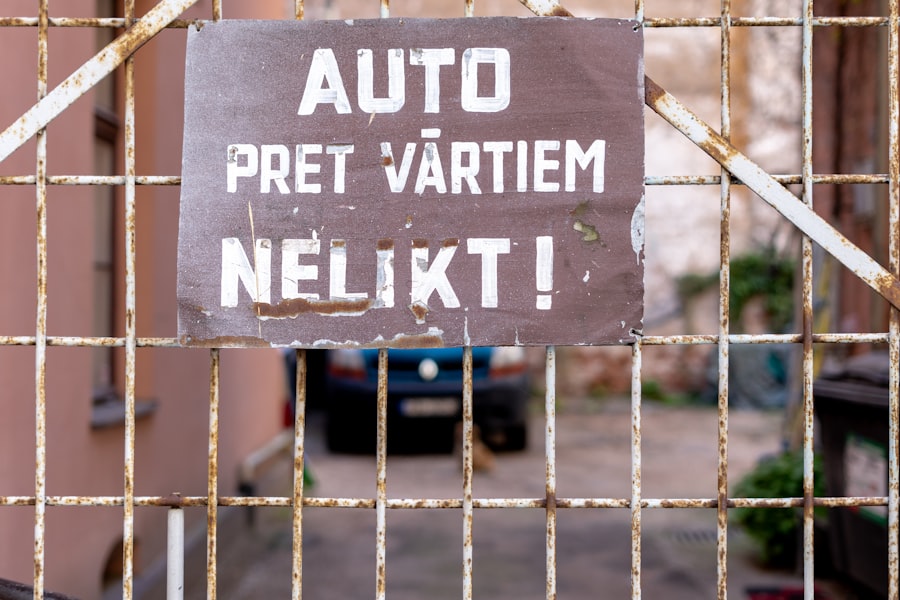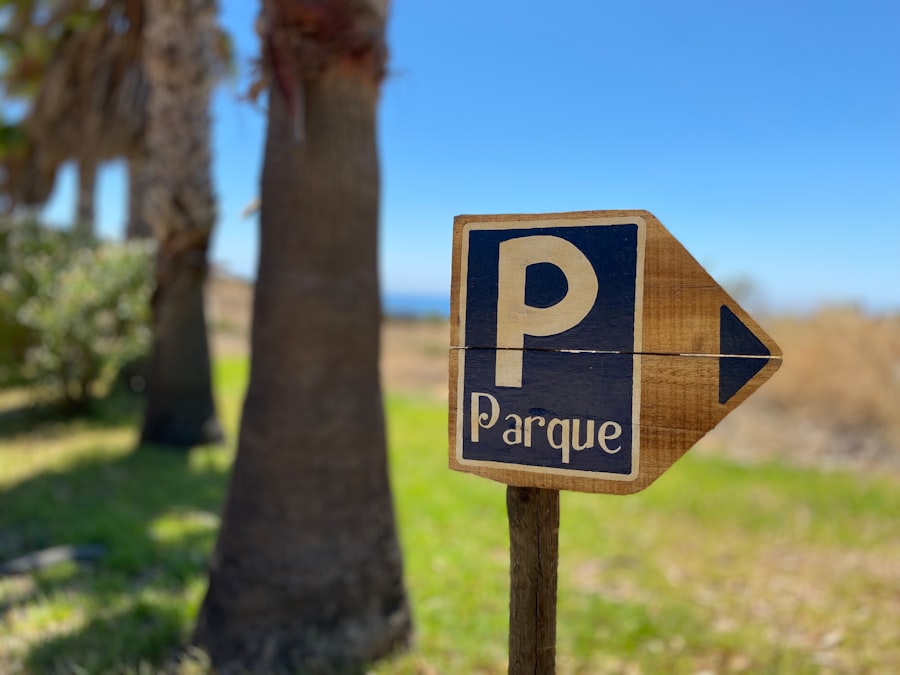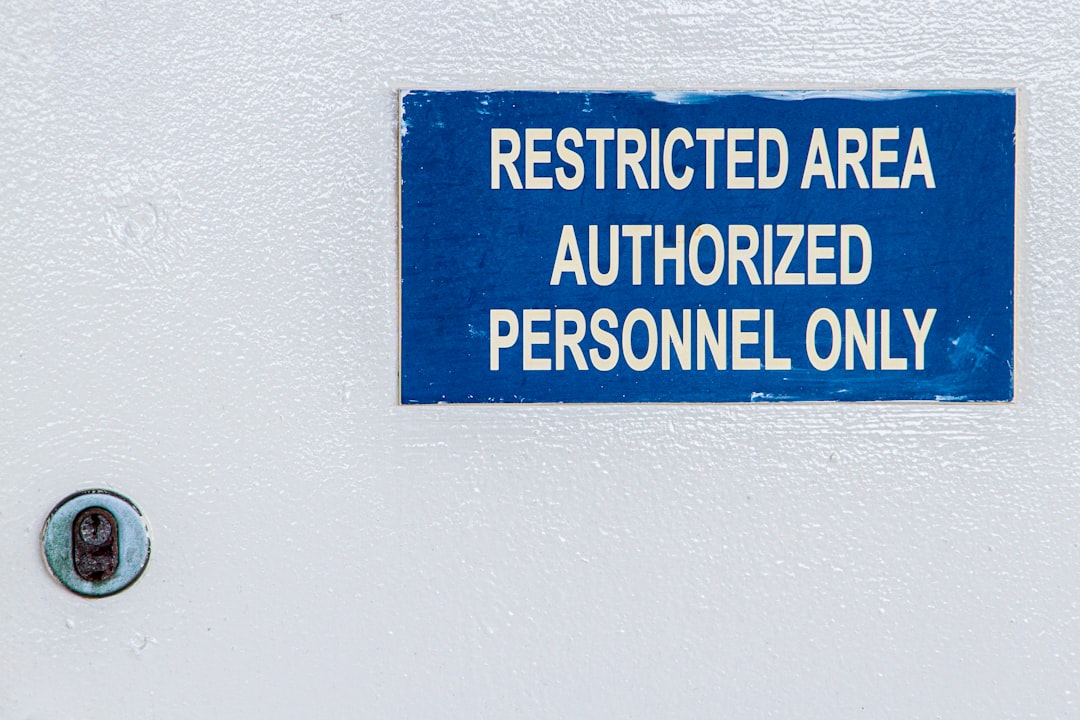Zahi Hawass is a prominent Egyptian archaeologist and former Minister of Antiquities, renowned for his extensive work in the field of Egyptology. Born on May 28, 1947, in Damietta, Egypt, he has dedicated his life to uncovering the mysteries of ancient Egypt. Hawass earned his Ph.D. in Egyptology from the University of Pennsylvania and has since become a leading figure in the study of ancient Egyptian civilization. His charismatic personality and media presence have made him a recognizable figure worldwide, often appearing in documentaries and television programs that explore Egypt’s rich archaeological heritage. Hawass’s career has been marked by significant discoveries, including the excavation of several important sites such as the Valley of the Golden Mummies and the tomb of Tutankhamun. His work has not only contributed to the academic understanding of ancient Egypt but has also played a crucial role in promoting tourism to the country. Despite his achievements, Hawass has been a polarizing figure, often attracting both admiration and criticism for his methods and approach to archaeology.
Key Takeaways
- Zahi Hawass has played a central role in the distribution and regulation of Giza permits.
- The Giza permit controversy centers on restrictions and throttling affecting archaeological access.
- Permit throttling has significant negative impacts on archaeological research and international collaboration.
- Criticisms focus on the ethics and transparency of how permits are allocated under Hawass’ oversight.
- The future of Giza permit distribution involves balancing government regulation, ethical concerns, and global archaeological interests.
The Giza Permit Controversy
The Giza Permit controversy revolves around the regulations governing access to archaeological sites in the Giza Plateau, particularly the Great Pyramids and the Sphinx. These permits are essential for researchers, archaeologists, and tourists who wish to study or explore these iconic landmarks. However, the distribution of these permits has become a contentious issue, with allegations of favoritism and bureaucratic inefficiency surfacing over the years.
Critics argue that the process is opaque and that access is often granted based on personal connections rather than merit. The controversy intensified when it was revealed that certain individuals and organizations were receiving preferential treatment in obtaining permits, leading to accusations of corruption within the Ministry of Antiquities. This situation has raised concerns about the integrity of archaeological research in Egypt and has prompted calls for greater transparency in the permit distribution process.
As a result, many researchers have found themselves frustrated by the barriers to accessing these historically significant sites.
The Impact of Giza Permit Throttling

The throttling of Giza permits has had far-reaching implications for archaeological research and cultural heritage preservation. When access to these sites is restricted, it not only hampers scholarly work but also limits opportunities for new discoveries that could enhance understanding of ancient Egyptian civilization. Researchers who are unable to secure permits may miss out on critical data that could inform their studies, leading to gaps in knowledge about historical contexts and artifacts.
Moreover, the impact extends beyond academia; it affects tourism and local economies as well. The Giza Plateau is one of the most visited archaeological sites in the world, attracting millions of tourists each year. When researchers are unable to conduct their work effectively, it can lead to a stagnation in new findings that would otherwise enrich the visitor experience.
This situation can ultimately deter tourists from visiting, impacting local businesses that rely on tourism for their livelihoods.
The History of Giza Permits
| Year | Permit Type | Number of Permits Issued | Purpose | Authority Issuing Permit |
|---|---|---|---|---|
| 1920 | Archaeological Excavation | 5 | Research and excavation of pyramids | Egyptian Antiquities Authority |
| 1950 | Tourism Development | 12 | Construction of visitor facilities | Ministry of Tourism |
| 1980 | Conservation and Restoration | 8 | Preservation of monuments | Supreme Council of Antiquities |
| 2000 | Research and Excavation | 15 | Scientific studies and digs | Ministry of State for Antiquities |
| 2020 | Tourism and Event Hosting | 20 | Organizing cultural events and tours | Giza Governorate |
The history of Giza permits dates back to the early 20th century when archaeological exploration in Egypt began to gain momentum. Initially, access to sites was relatively unrestricted, allowing many scholars to conduct research freely. However, as interest in Egyptology grew and more excavations were undertaken, the need for a structured permit system became apparent.
The Egyptian government recognized the importance of regulating access to its cultural heritage and established guidelines for issuing permits. Over the decades, the process has evolved, reflecting changes in political climates and attitudes toward foreign involvement in Egyptian archaeology. In recent years, there has been a push for stricter regulations to protect Egypt’s antiquities from looting and unauthorized excavations.
While these measures are essential for safeguarding cultural heritage, they have also contributed to the complexities surrounding permit distribution, leading to frustrations among researchers who find themselves navigating a labyrinthine bureaucracy.
Zahi Hawass’ Role in Giza Permit Distribution
As a former Minister of Antiquities and a leading figure in Egyptian archaeology, Zahi Hawass has played a pivotal role in shaping the policies surrounding Giza permit distribution. His tenure was marked by efforts to streamline the process and ensure that permits were granted based on scholarly merit rather than personal connections. However, critics argue that despite his intentions, the system remained flawed under his leadership.
Hawass’s influence extended beyond mere policy; he was often seen as the gatekeeper of access to some of Egypt’s most significant archaeological sites. His decisions regarding permit distribution were closely scrutinized, with many researchers feeling that their chances of obtaining permits were heavily dependent on their relationship with him or his associates. This perception has fueled ongoing debates about fairness and transparency in the permit process.
Criticisms of Zahi Hawass’ Handling of Giza Permits

Zahi Hawass has faced considerable criticism regarding his handling of Giza permits throughout his career. Detractors argue that his approach has fostered an environment where favoritism prevails over meritocracy. Many researchers have expressed frustration at being denied access to sites despite having well-founded proposals for study.
This has led to accusations that Hawass prioritized personal relationships over academic qualifications when granting permits. Additionally, some critics have pointed out that Hawass’s media presence often overshadowed the work of other archaeologists, creating an impression that he was more focused on self-promotion than on fostering a collaborative research environment. This perception has contributed to a growing divide between Hawass and segments of the academic community who feel marginalized by his approach to permit distribution.
The Importance of Giza Permits for Archaeological Research
Giza permits are crucial for facilitating archaeological research in one of the world’s most significant historical regions. These permits grant researchers access to invaluable sites where they can conduct excavations, analyze artifacts, and contribute to a deeper understanding of ancient Egyptian culture. Without these permits, much of what is known about ancient Egypt would remain undiscovered or poorly understood.
Moreover, Giza permits play a vital role in ensuring that archaeological work is conducted responsibly and ethically. By regulating access to these sites, authorities can help prevent looting and unauthorized excavations that threaten Egypt’s cultural heritage. The careful management of permits ensures that research is conducted with respect for both the artifacts and the local communities that hold cultural ties to these historical sites.
The Future of Giza Permit Distribution
The future of Giza permit distribution remains uncertain as ongoing debates about transparency and fairness continue to shape discussions within the archaeological community. There is a growing call for reforms that would streamline the permit application process while ensuring that access is granted based on scholarly merit rather than personal connections. Advocates argue that such changes would foster a more inclusive research environment and encourage collaboration among scholars from diverse backgrounds.
Additionally, advancements in technology may play a role in reshaping how permits are distributed in the future. Digital platforms could facilitate more efficient application processes and improve communication between researchers and regulatory bodies.
The Role of Government in Giza Permit Regulation
The Egyptian government plays a critical role in regulating Giza permits as part of its broader responsibility for protecting cultural heritage. The Ministry of Antiquities oversees the issuance of permits and establishes guidelines for archaeological research within the country. This regulatory framework is essential for ensuring that excavations are conducted responsibly and that artifacts are preserved for future generations.
However, government involvement also raises questions about bureaucracy and efficiency. Critics argue that excessive red tape can hinder research efforts and create barriers for scholars seeking access to important sites. Striking a balance between protecting cultural heritage and facilitating academic inquiry remains a challenge for policymakers as they navigate the complexities surrounding Giza permit regulation.
The Global Response to Giza Permit Throttling
The global response to Giza permit throttling has been mixed, with some international scholars expressing solidarity with their Egyptian counterparts while others voice concerns about potential restrictions on academic freedom. Many researchers have called for greater transparency in permit distribution processes, emphasizing the need for equitable access to archaeological sites regardless of nationality or institutional affiliation. International organizations dedicated to preserving cultural heritage have also weighed in on the issue, advocating for reforms that prioritize ethical research practices while safeguarding Egypt’s antiquities from exploitation.
As discussions continue within academic circles and beyond, there is hope that collaborative efforts will lead to positive changes in how Giza permits are managed.
The Ethics of Giza Permit Distribution
The ethics surrounding Giza permit distribution are complex and multifaceted. At its core lies the question of how best to balance access to cultural heritage with responsible stewardship of archaeological sites. Ethical considerations include ensuring that research is conducted with respect for local communities and their cultural ties to these sites while also promoting scholarly inquiry.
Furthermore, there is an ethical imperative to address issues of favoritism and corruption within the permit distribution process. Ensuring that permits are granted based on merit rather than personal connections is essential for fostering an inclusive research environment where diverse voices can contribute to our understanding of ancient Egypt. As discussions about ethics continue to evolve within the field of archaeology, it is crucial for stakeholders to engage in open dialogue about best practices for permit distribution that uphold both academic integrity and cultural preservation.
In recent discussions surrounding Zahi Hawass and the permit throttling at Giza, it’s essential to consider the broader implications of archaeological access and preservation. For a deeper understanding of these issues, you can read more in the article available at XFile Findings, which explores the challenges faced by researchers and the impact of regulatory measures on archaeological discoveries.
WATCH THIS! The Sphinx’s Secret Chamber: Why Egypt’s Government Forbids Scanning the Hall of Records
FAQs
Who is Zahi Hawass?
Zahi Hawass is a prominent Egyptian archaeologist and Egyptologist known for his extensive work in the field of ancient Egyptian history and archaeology. He has served as the Secretary General of the Supreme Council of Antiquities in Egypt.
What is the Giza Plateau?
The Giza Plateau is an archaeological site located on the outskirts of Cairo, Egypt. It is famous for the Great Pyramids of Giza, the Sphinx, and several other ancient monuments.
What does “permit throttling” mean in the context of Giza?
Permit throttling refers to the regulation or limitation of the number of permits issued for activities such as archaeological excavations, research, or tourism at the Giza Plateau. This is done to control access and preserve the site.
Why would Zahi Hawass be involved in permit throttling at Giza?
As a leading figure in Egyptian archaeology and former head of the Supreme Council of Antiquities, Zahi Hawass has been involved in managing and protecting Egypt’s archaeological sites, including regulating permits to ensure the preservation of Giza.
How does permit throttling affect archaeological work at Giza?
Permit throttling can limit the number of excavations or research projects conducted simultaneously, helping to prevent damage to the site and ensuring that work is carried out responsibly and sustainably.
Does permit throttling impact tourism at the Giza Plateau?
Yes, permit throttling can affect tourism by controlling the number of visitors or tour operators allowed access to certain areas, which helps manage crowding and protect the monuments.
Is permit throttling a common practice at archaeological sites worldwide?
Yes, many countries implement permit regulations to control access to sensitive archaeological sites to balance research, tourism, and preservation efforts.
Where can one find official information about permits for Giza?
Official information about permits for archaeological work or tourism at Giza can typically be obtained from the Egyptian Ministry of Tourism and Antiquities or the Supreme Council of Antiquities.
